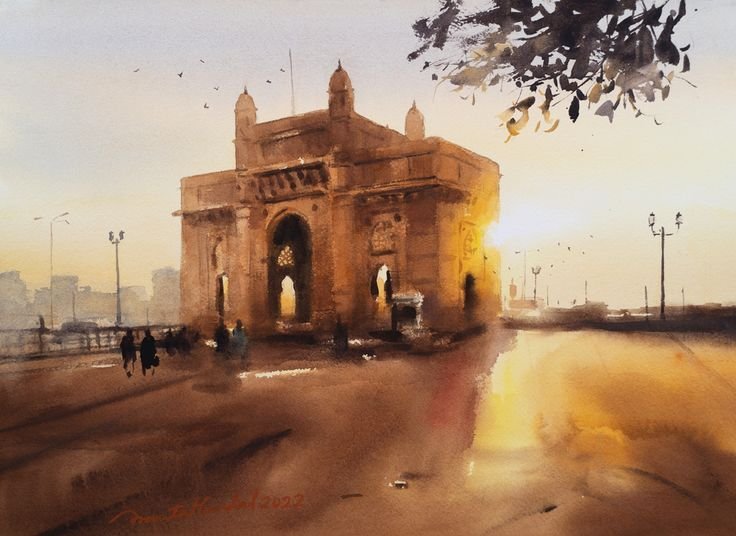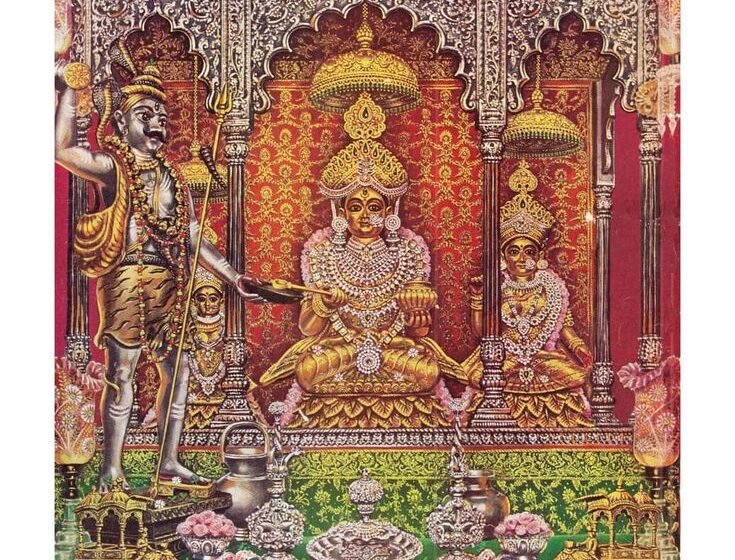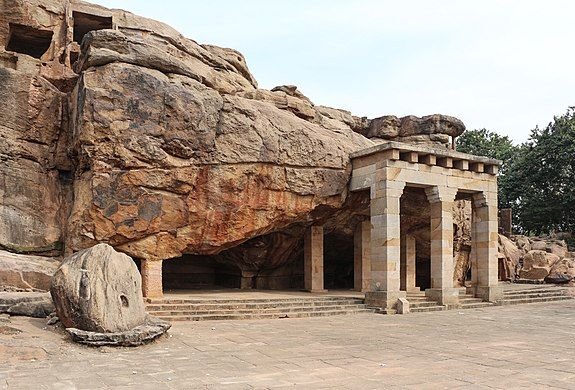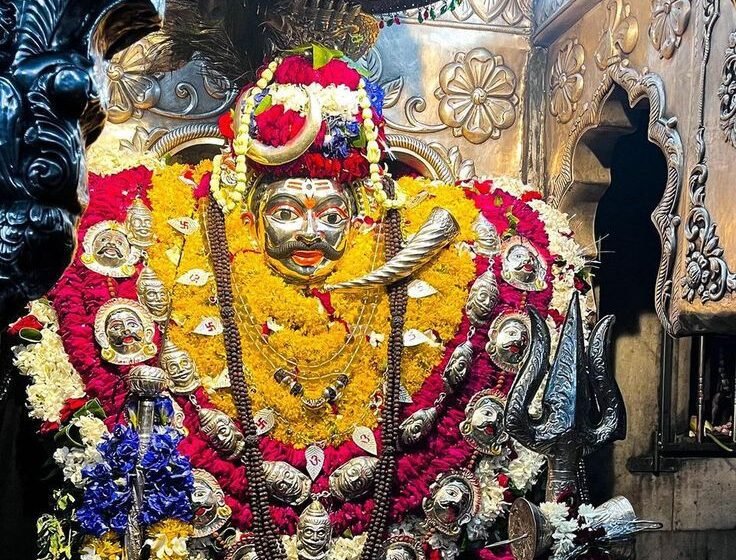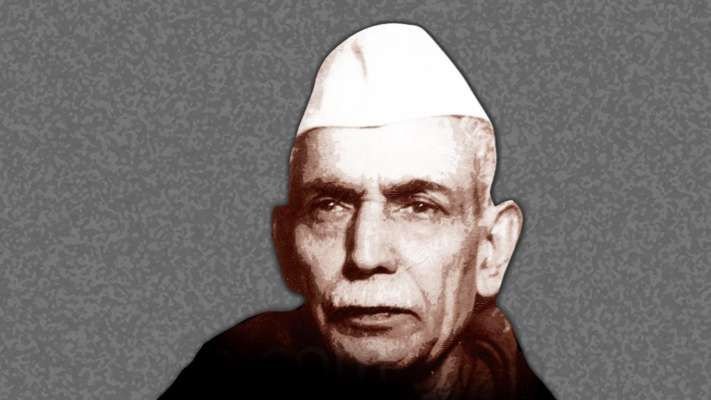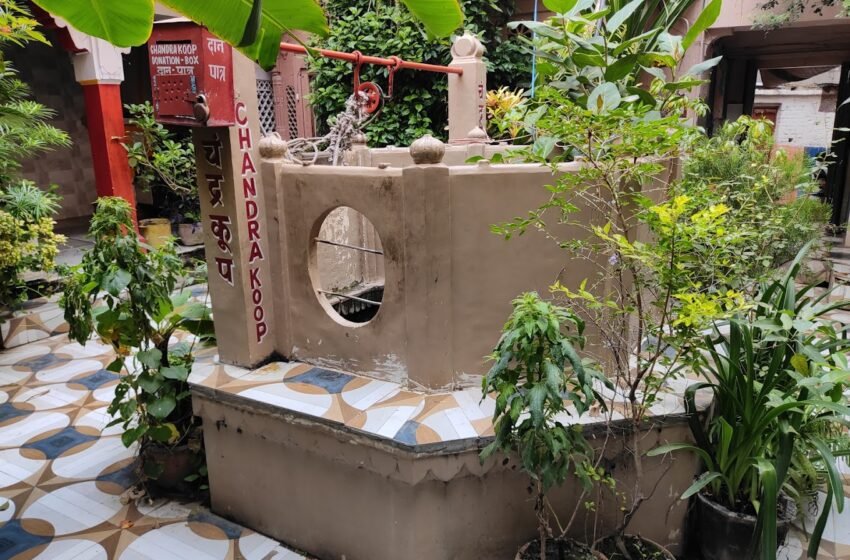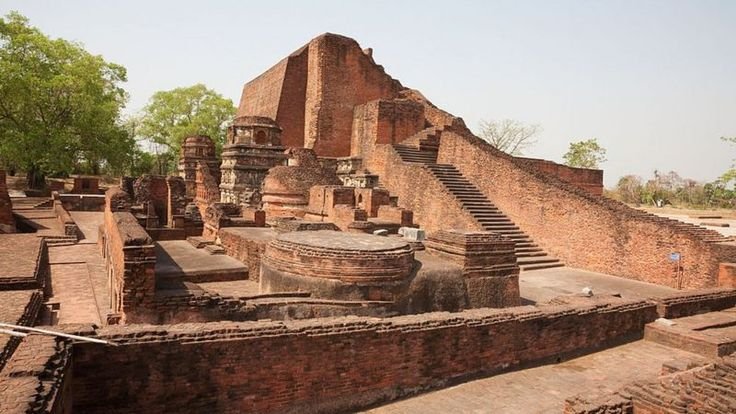Mumbai: From Fishing Village to Colonial Powerhouse
Mumbai often known as the city of dreams, attracts people to the various opportunities offered by entertainment, and business. Many people know it as a multicultural urban land but only a few remember Mumbai was once a small fishing village which the multiple colonial forces occupied, let’s look at the history of the city and […]Read More
